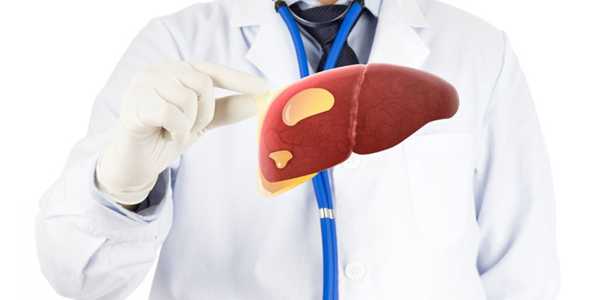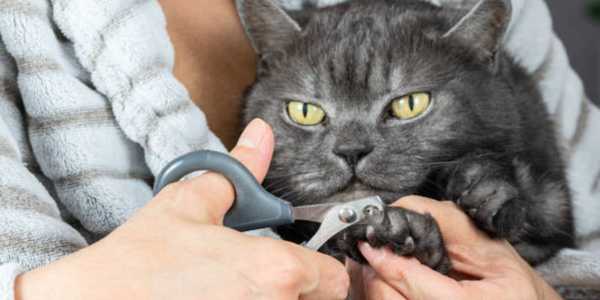Pets
Dog CPR: How To Save Your Pet’s Life In An Emergency
As a dog owner, I've always worried about what I'd do if my furry friend stopped Breathing. Would I panic? How can I help? After researching and practising, I realized that dog CPR isn't just for vets—it's a skill every pet parent should learn. This guide will walk you through the steps of CPR on a dog, explain when to use it, and share tips to stay calm in a crisis.
As a dog owner, I've always worried about what I'd do if my furry friend stopped Breathing. Would I panic? How can I help? After researching and practising, I realized that dog CPR isn't just for vets—it's a skill every pet parent should learn. This guide will walk you through the steps of CPR on a dog, explain when to use it, and share tips to stay calm in a crisis.
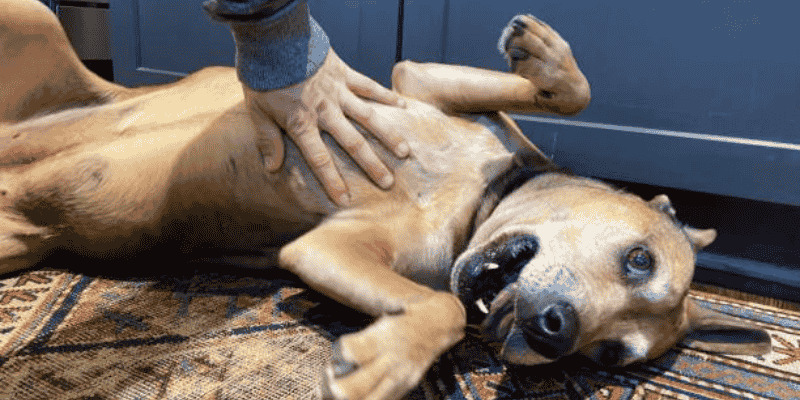
Step 1: Check For Responsiveness
If your dog isn't moving or Breathing, the first thing to do is check for signs of life. Gently shake their body and call their name. If there's no response, check their airway. Open their mouth and look for obstructions. If you see something blocking their throat, carefully remove it with your fingers. Never stick your hand in if they’re conscious—this could cause injury.
Step 2: Start Chest Compressions
Chest compressions keep blood flowing to vital organs. Here’s how to do them:
Position your dog on their side on a flat surface.
For small dogs (under 30 pounds), place one hand on their chest, just behind the front leg. Use your other hand to stabilize them.
For larger dogs, kneel beside them and place both hands over the widest part of their ribcage.
Push down firmly—about 1/3 to 1/2 the depth of their chest—at 120 compressions per minute. Remember the beat from Stayin’ Alive by the Bee Gees to keep rhythm.
Step 3: Add Rescue Breaths
After 30 compressions, give two rescue breaths. Here’s how:
Close your dog’s mouth and place your lips over their nose.
Blow gently until you see their chest rise.
If your dog resists or you’re worried about bites, focus on chest compressions alone. Safety comes first.
Repeat the cycle: 30 compressions, two breaths, until help arrives or your dog starts Breathing.
Exceptional Cases: Large Dogs And Abdominal Compressions
Chest compressions alone might not be enough for giant breeds like Great Danes. After 30 chest compressions and two breaths, add abdominal compressions by gently pressing on the belly. This helps push more oxygen to the heart.
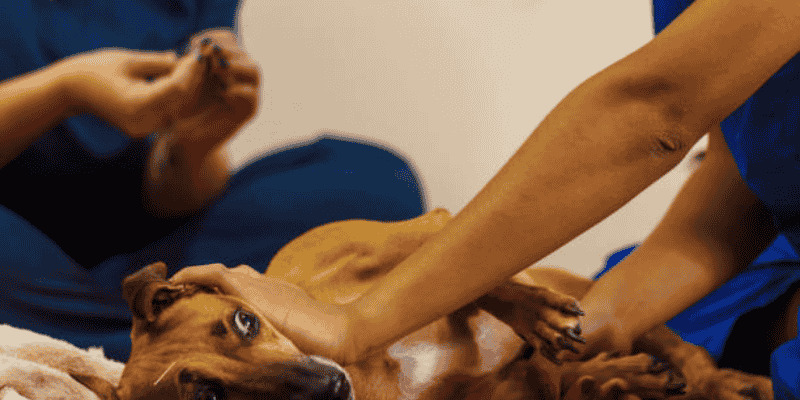
When To Start CPR
CPR is needed if your dog:
It isn't Breathing.
Has no pulse (check the inner thigh or chest).
He collapses and doesn't respond.
If your dog is gasping or has irregular Breathing, start CPR immediately.
When To Stop CPR
Stop if:
Your dog starts Breathing normally.
A vet or emergency team takes over.
You’ve been performing CPR for 20 minutes with no response.
Staying Calm In a Crisis
I know how hard it is to think clearly during an emergency. When Max choked, my hands shook, but I repeated the steps in my head: Check, compress, breathe. Focus on the process, not the panic. If someone is with you, ask them to call a vet while you work.
Preventing Emergencies
Prevention is always better than cure. Keep toxic foods (like chocolate or grapes) out of reach. Use sturdy toys to avoid choking. Learn the signs of health issues, such as sudden lethargy or laboured Breathing.
Taking a Pet First Aid Course
I signed up for a three-hour dog first aid course a few years ago. It covered CPR, wound care, and treating burns. These courses are often available online or through local animal shelters. The hands-on practice gave me confidence I couldn't get from reading alone.
Building a Pet First Aid Kit
Your kit should include:
Gauze and bandages.
Antiseptic wipes.
Tweezers (for removing splinters or ticks).
A digital thermometer.
A list of emergency vet contacts.
Common Emergencies That Require CPR
CPR might be needed for:
Choking.
Drowning.
Poisoning.
Heatstroke.
If your dog experiences any of these, act fast.
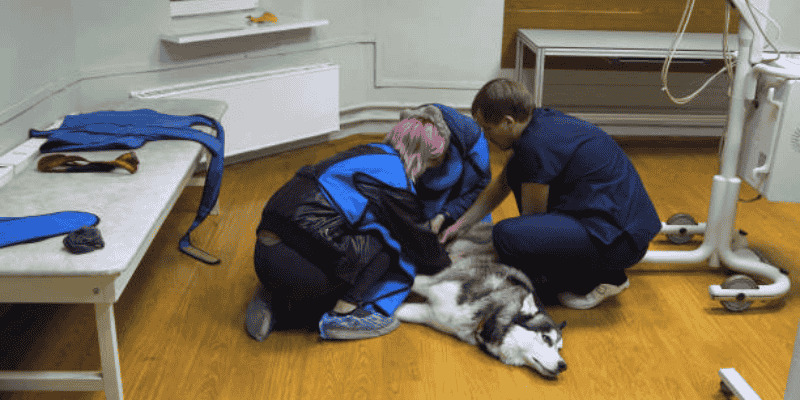
Getting Help For Your Dog
Even if CPR revives your dog, they’ll need immediate vet care. Always call ahead to let the clinic know you’re coming. Keep emergency numbers saved in your phone and posted at home.
Staying Prepared For Future Emergencies
Practice CPR steps on a stuffed animal or pillow. Review your first aid kit every few months. The more prepared you are, the less scary emergencies will feel.
Knowing dog CPR isn't just about saving a life—it's about giving your pet the best chance when every second counts. I hope you never need to use these steps, but you'll be ready if you do. Stay safe, stay calm, and cherish every moment with your four-legged friend.
